Description
Contents
1.Introduction toMorphology of Angiosperms,2. Modification of Roots, 3.Modification of Stem, 4. Leaf, 5.Phyllotaxy,6.Modificationof Leaf, 7. Inflorescence, 8. Flower, 9. Fruits,10.Principles of Taxonomy, 11. Natural Classification of Bentham and Hooker’s System,12. Phylogenetic Classification of Engler and Prantl’s System, 13. Binomial Nomenclature, 14. (ICBN) – International Code of Botanical Nomenclature, 15. Taxonomic Hierarchy,16.DichotomousKey,17. Herbarium, 18.Annonaceae, 19. Sterculiaceae, 20. Rutaceae, 21. Caesalpinioideae, 22. Cucurbitaceae, 23. Apiaceae, 24.Rubiaceae, 25.Sapotaceae,26.Convolvulaceae,27. Asclepiadaceae, 28. Apocynaceae, 29. Lamiaceae, 30.Euphorbiaceae, 31. Amaranthaceae, 32. Liliaceae, 33. Cannaceae, 34. Poaceae, 35.Introduction to Economic Botany, 36. Fibres,37. Jute Fibres, 38. Cotton Fibres, 39. Hemp Fibre,40. Timber, 41. Teak,
42. Rose Wood, 43. Neem,44. Resin,45. Camphor,46. Canada Balsam,47. Frankincense,48. Cosmetics,49. Aloe vera, 50. Sandal Wood – Chandan,51. Turmeric – Kasthuri manjal, 52. Beverages,53. Tea,54. Coffee, 55. Cocoa,56. Oil ,57. Coconut Oil,58. Eucalyptus Oil,59 Pongamia Oil,60. Fruits and Vegetables,61. Banana,62. Jackfruit-Chakka,63. Pineapple,64. Medicinal Plants,65. Adathoda,66. Clove,67. Acorus calamus-Vasambu ,


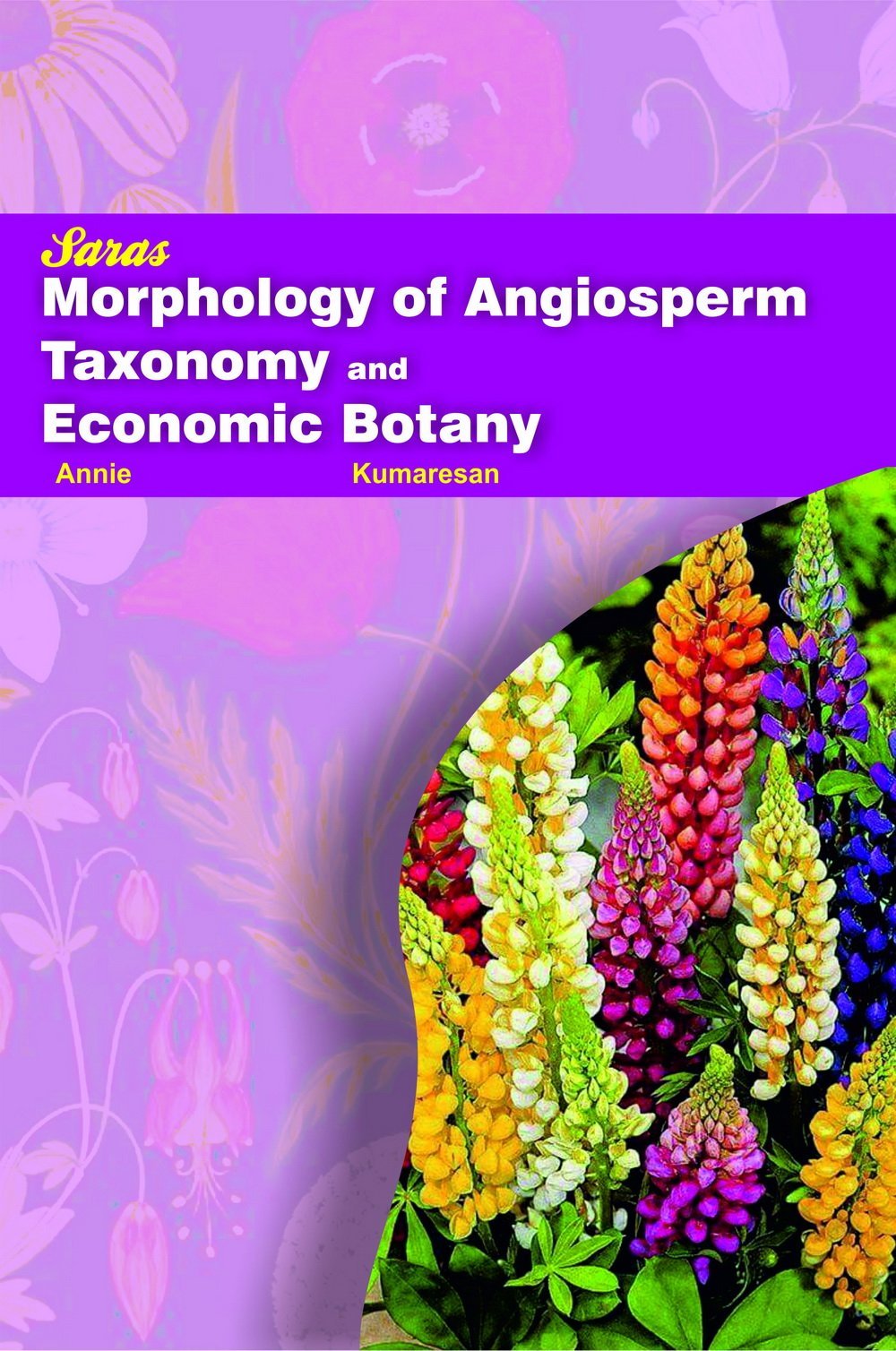
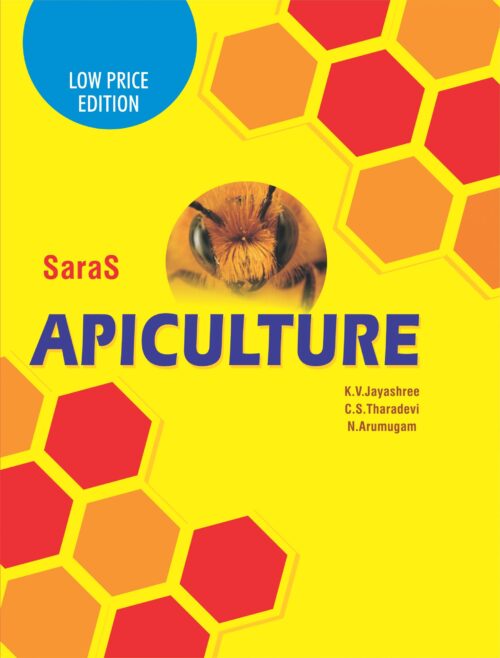
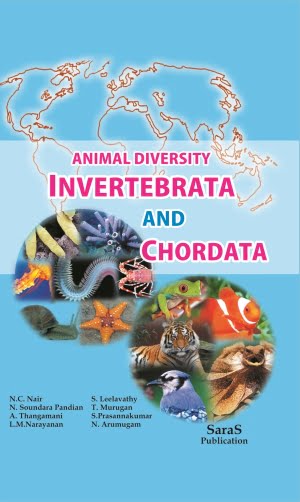
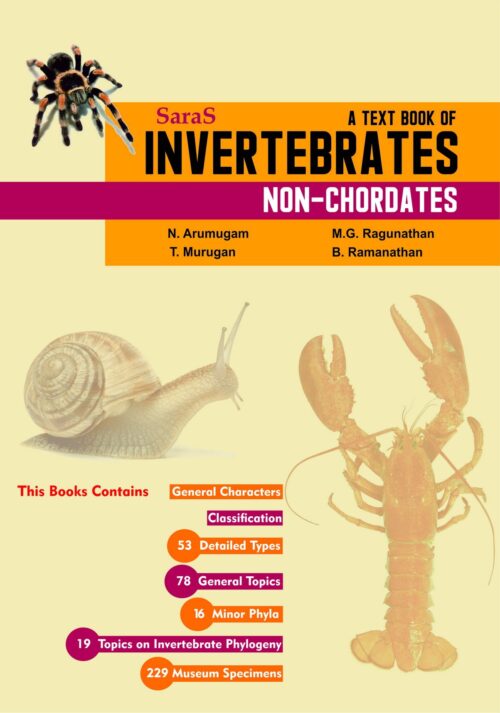
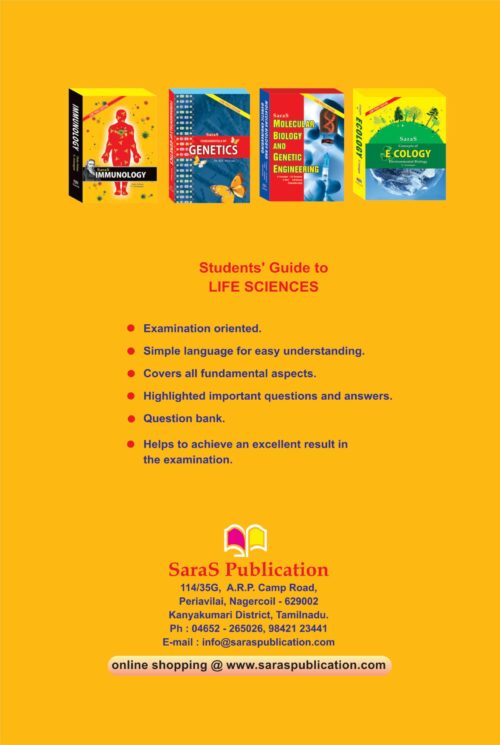
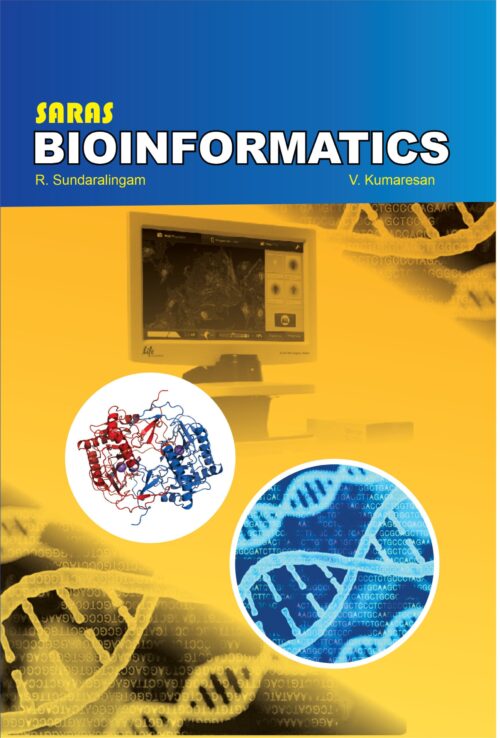
Reviews
There are no reviews yet.